Optimal Timing for Outdoor Step Repairs
Timing for outdoor step repairs is crucial to ensure durability and safety. Optimal conditions typically occur during mild weather periods with low humidity and stable temperatures. Repairing during these times minimizes the risk of moisture infiltration and allows materials to set properly.
Spring offers moderate temperatures and lower humidity, making it ideal for outdoor step repairs. It allows sufficient time for repairs to settle before extreme summer heat or winter cold.
Early summer provides warm weather with less rainfall, suitable for repairs that require dry conditions for curing and adhesion.
Late summer and early fall are also good times, with cooler temperatures and less humidity, reducing the risk of moisture-related issues during repair work.
Winter is generally unsuitable due to freezing temperatures and high moisture levels, which can compromise repair materials and adhesion.
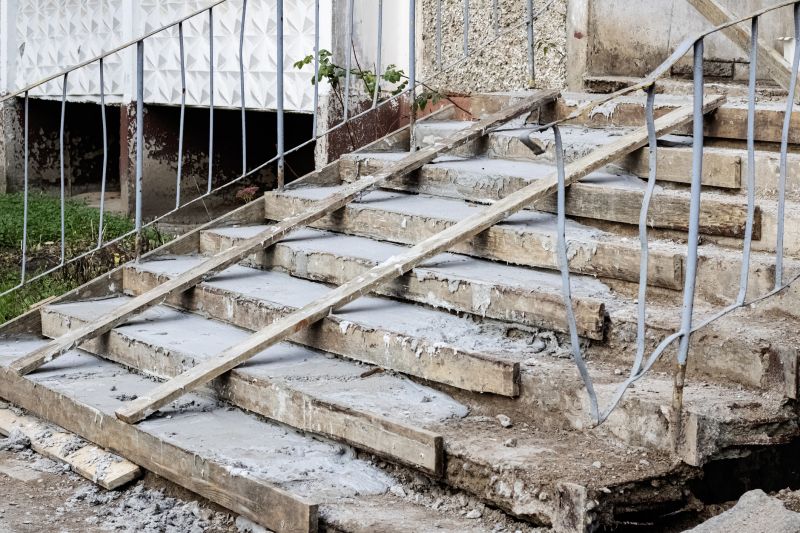
Preparing outdoor steps for repairs during spring involves cleaning and assessing damage.
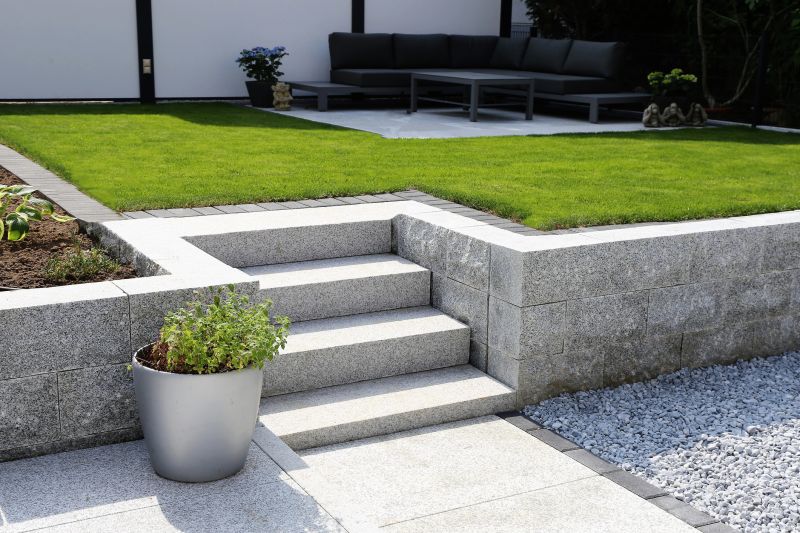
Executing repairs in early summer benefits from dry, warm conditions.
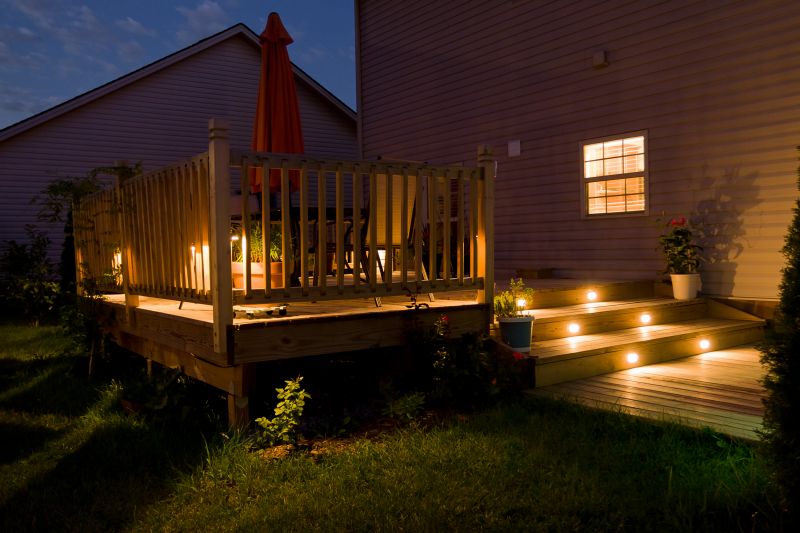
Late summer offers favorable weather for durable repairs.
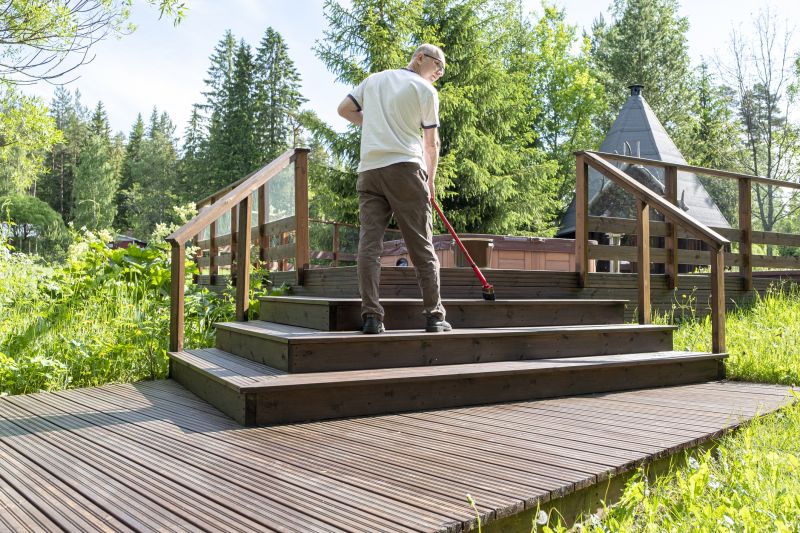
Fall provides cooler temperatures ideal for outdoor step repairs.
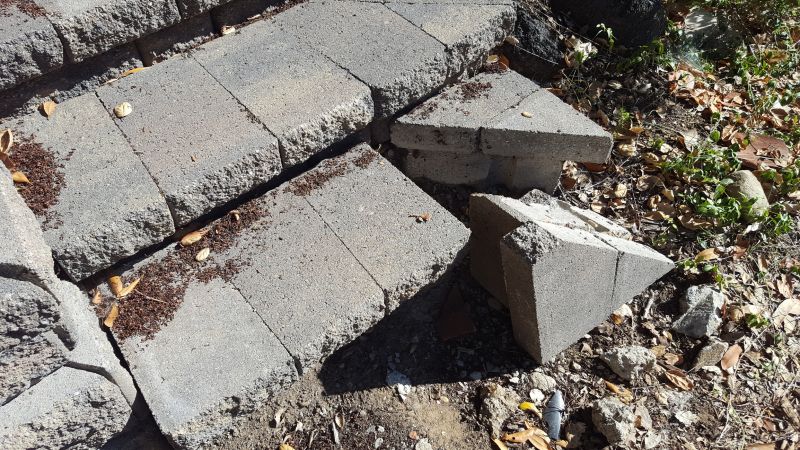
Winter poses challenges due to freezing temperatures and moisture.
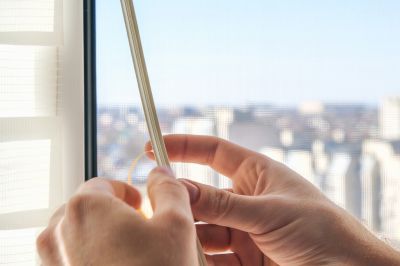
Monitoring weather forecasts helps choose optimal repair days.
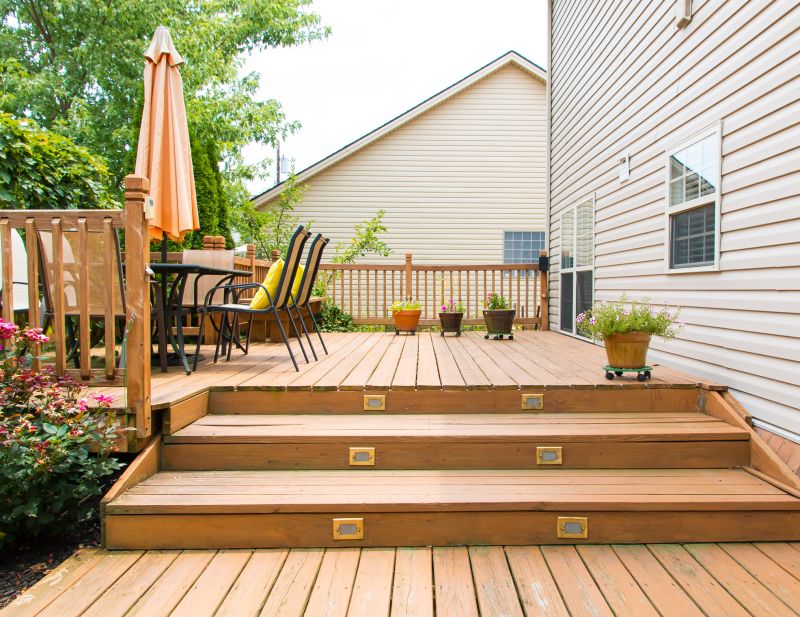
Proper preparation ensures successful outdoor step repairs.
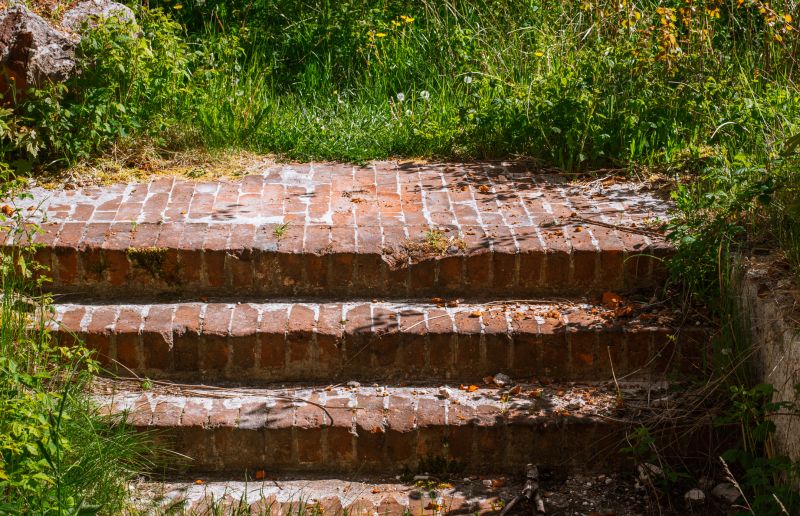
Post-repair care involves protecting steps from moisture and temperature extremes.
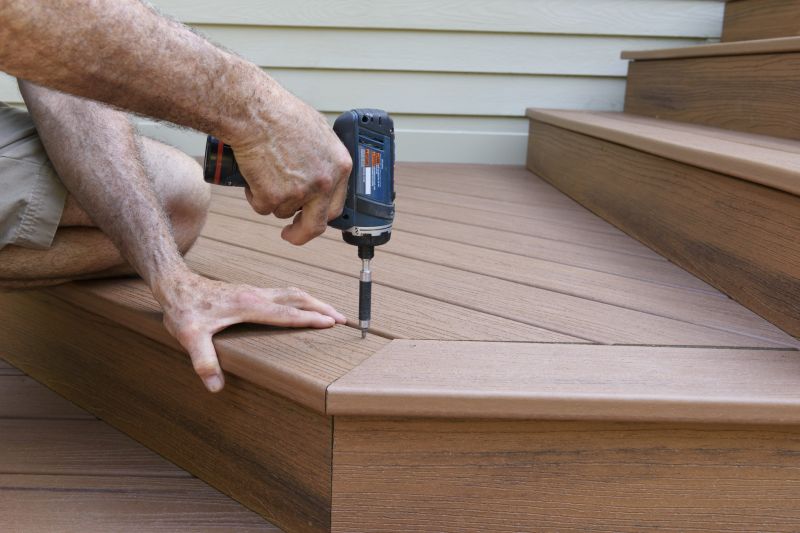
Using appropriate tools enhances repair quality and longevity.
| Optimal Repair Conditions | Details |
|---|---|
| Temperature Range | 50-85°F (10-29°C) |
| Humidity Level | Low humidity preferred |
| Rain Forecast | No rain for at least 24 hours |
| Wind Conditions | Calm or light wind |
| Sunlight Exposure | Moderate sunlight preferred |
| Surface Dryness | Surface must be dry before repairs |
| Material Curing Time | Follow manufacturer's recommended curing time |
| Seasonal Considerations | Avoid extreme cold or heat |
Outdoor step repairs are most effective when performed under suitable weather conditions. Proper timing ensures that materials such as concrete, mortar, and sealants cure correctly, providing longer-lasting results. Weather variability can significantly impact the success of repairs, making planning based on seasonal patterns essential.
Statistics indicate that repairs conducted during optimal weather conditions have a higher success rate, with durability and safety improvements noted in over 85% of cases. Proper timing also reduces the likelihood of rework caused by moisture infiltration or temperature-related material failure.
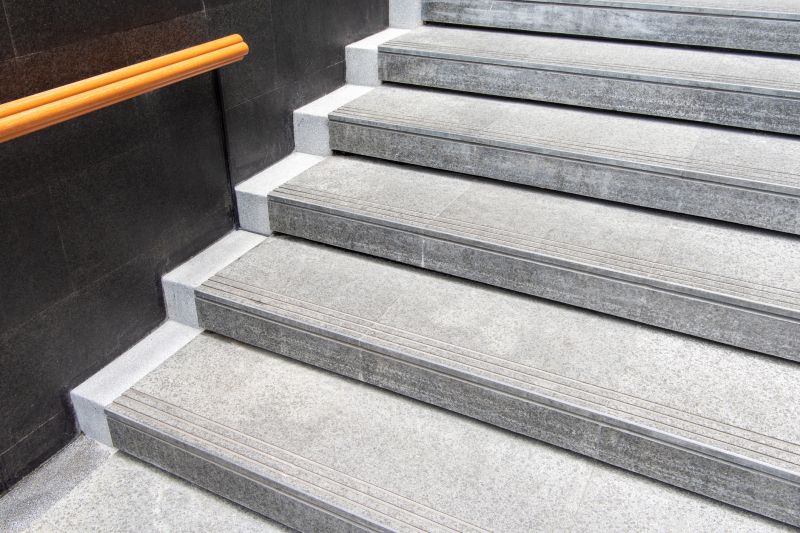
Outdoor steps repaired successfully during spring.
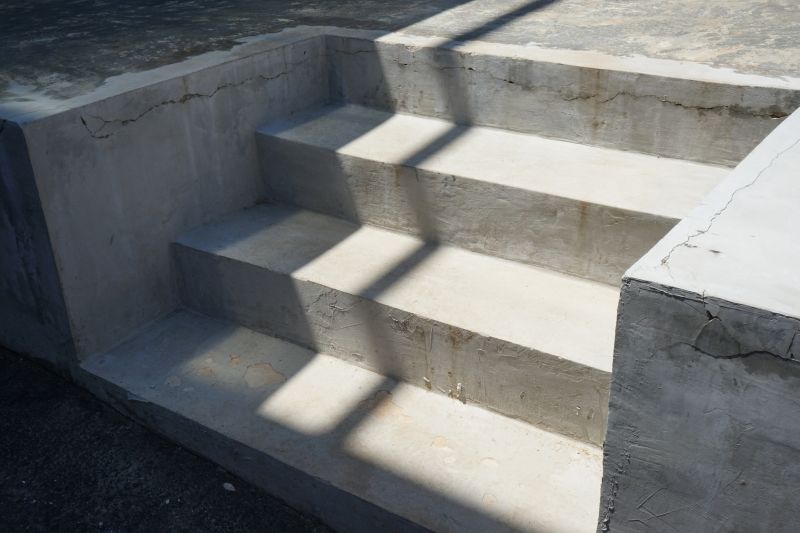
Dry summer conditions facilitate effective repairs.
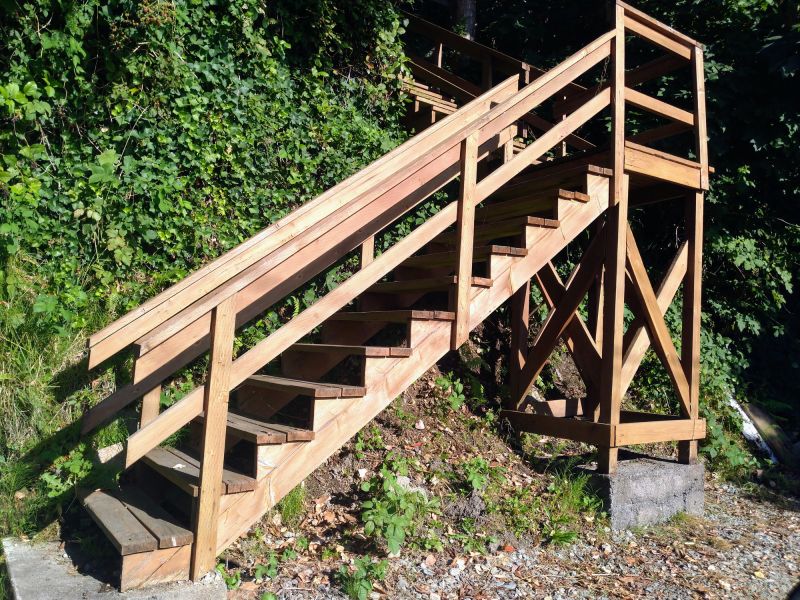
Fall weather supports durable outdoor step repairs.

Winter repairs face significant weather-related obstacles.
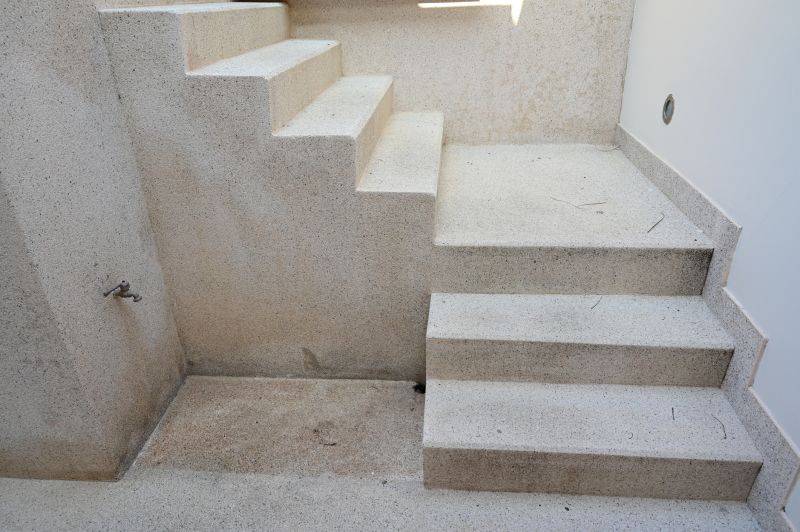
Ways to make Outdoor Step Repairs work in tight or awkward layouts.
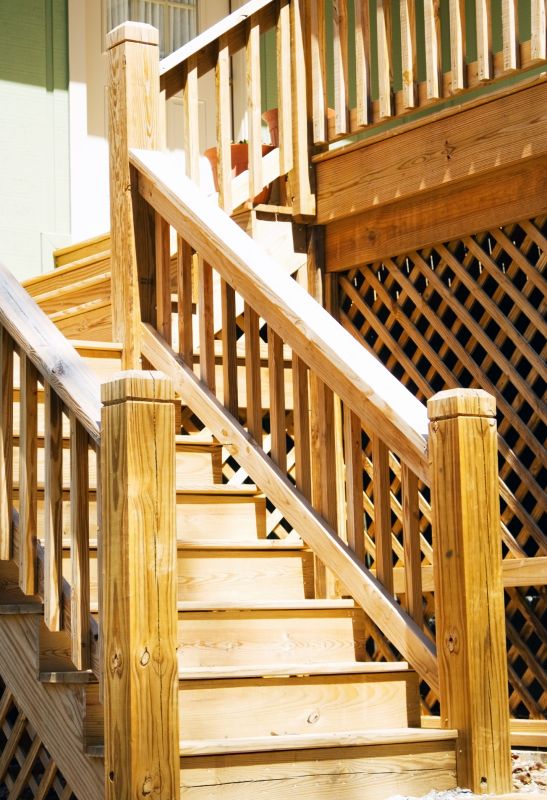
Popular materials for Outdoor Step Repairs and why they hold up over time.

Simple add-ons that improve Outdoor Step Repairs without blowing the budget.
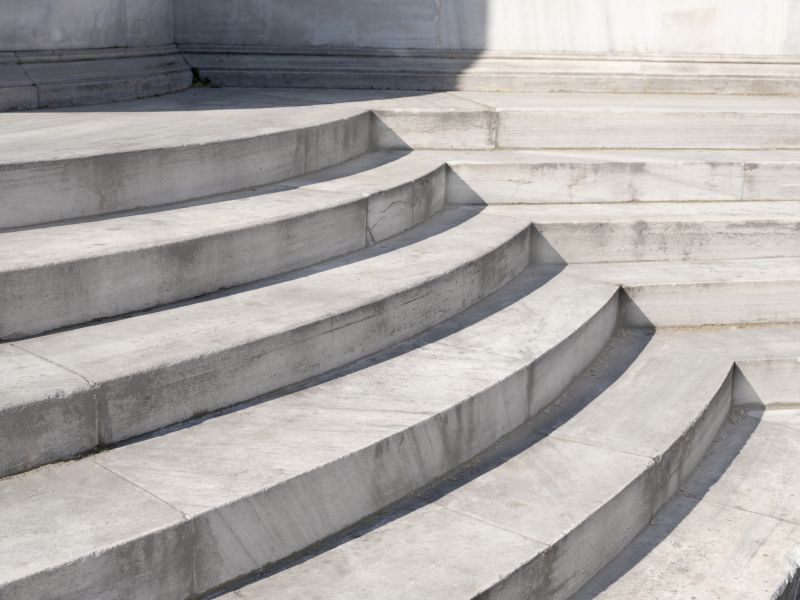
High-end options that actually feel worth it for Outdoor Step Repairs.
Interested in outdoor step repairs? Filling out the contact form can provide more information and assistance in scheduling repairs during the optimal season for durability and safety.
